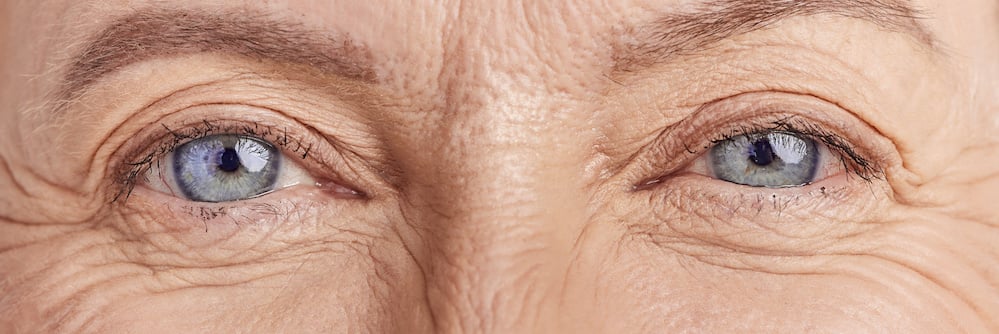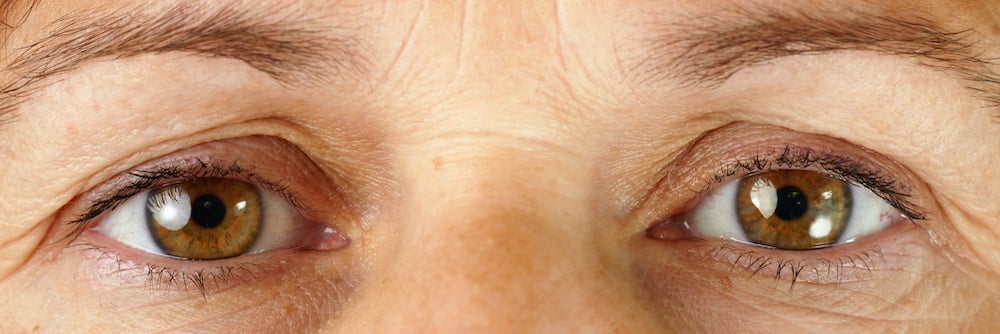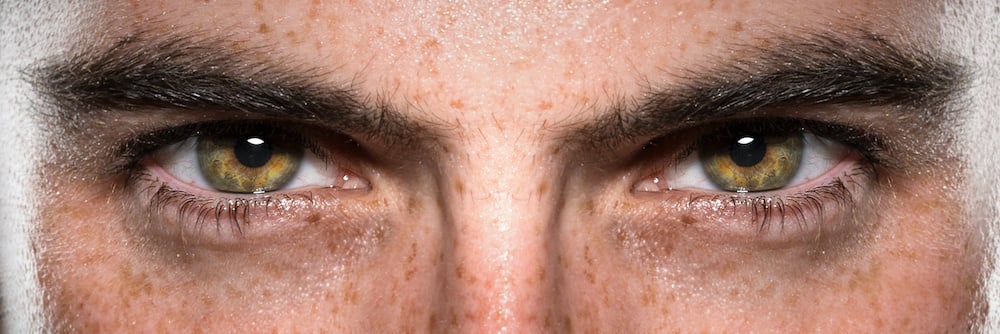Idiopathic intracranial hypertension (IIH) is a condition of unknown etiology that typically affects women who are obese and of childbearing age.1 In fact, 90% of patients with IIH have been found to be obese or overweight,2 and the incidence of IIH is increasing as the prevalence of obesity increases worldwide.3 IIH can also occur in children and males but normally does not occur in individuals over the age of 45 years.1
IIH can cause vision loss from optic nerve damage, which can be permanent in up to 40% of patients.4 Thus, it is important to diagnose and treat IIH early. The diagnosis of IIH involves a comprehensive approach including a thorough patient history and clinical examination. The diagnostic criteria requires that patients have signs and symptoms of elevated intracranial pressure (discussed below), an elevated cerebrospinal fluid pressure with a normal composition, and normal neuroimaging, with no other etiologies to explain the elevated intracranial pressure.1
Symptoms of IIH can include headaches (usually pressure-like pain that is generalized or bifrontal), neck pain, and pulsatile tinnitus. Visual symptoms can include transient visual obscurations (which often occur when an individual changes posture, causing transient ischemia of the optic nerve head), vision loss (such as a noticeably enlarged blind spot or tunnel vision), and less commonly, diplopia.1 Such symptoms can have a tremendous impact on a patient’s quality of life.3
Upon clinical examination, patients with IIH may have a relative afferent pupillary defect, especially if the condition is asymmetric. They may also have color vision loss or visual field defects. In the active phase, patients with IIH typically have papilledema, and thereafter, may develop post-papilledema optic atrophy. With regard to ocular motility, patients may have a unilateral or bilateral sixth cranial nerve palsy, or less commonly, other cranial nerve palsies.1
While it is important to diagnose and treat IIH early, the anatomy of the optic nerve head may be difficult to evaluate depending on the degree of optic disc edema or atrophy, which can make monitoring by anatomical measures challenging. For this reason, monitoring the condition via pupillary function or visual fields can be of value. Quantifiable and accurate measurements of these aspects of the clinical examination could aid physicians not only in diagnosis, but in monitoring and therapeutic decision making.
Impaired pupillary light responses can be seen in IIH, which is thought to be dependent on the severity of papilledema.5 In such cases, objective measurements of pupillary function via a pupillometer can be helpful. Particularly when OCT and visual fields are unreliable, which can be the case in severe papilledema, pupillometry could serve as a marker for objective visual functioning in IIH.5 For example, a decrease in pupillary reactivity has been shown when comparing IIH patients to healthy individuals and calculating pupillary function with the Neurological Pupil Index.6 Additionally, in contrast to optic atrophy, papilledema has not been found to have a prolonged latency period of the pupillary light reflex.7 In this regard, a pupillometer could potentially help physicians better assess these pupillary findings.
Regarding visual fields, the most common defect in IIH is an enlarged blind spot. Other patterns of visual field loss that can occur include inferonasal loss, generalized constriction, central or paracentral loss, arcuate defects, or altitudinal defects.1 To identify visual field defects quickly, confrontational fields can be employed at the bedside and in fact have a high positive predictive value and specificity when later confirmed with standard automated perimetry.8 Thus, devices that can similarly screen for visual field defects can play a useful role in IIH diagnosis and monitoring.
In addition to the findings indicating impairment of the afferent visual system, IIH can also have findings affecting the efferent visual system. Elevated intracranial pressure can cause compression of the sixth cranial nerves against the transverse branches of the basilar artery at the skull base, unilaterally or bilaterally. Rarely, elevated intracranial pressure can also cause a third cranial nerve palsy, fourth cranial nerve palsy, or skew deviation.1 These conditions can be carefully assessed by examining ocular motility and alignment. Manual examinations of ocular motility and alignment may vary from clinician to clinician; one study examining sixth nerve palsies in adults found that up to 9 prism diopters of difference measured between examiners may be due to test-retest variability.9 Therefore, devices that can quantify motility and alignment accurately and reliably could be of great value. Such tools could help physicians identify ocular motility pathology, monitor changes over time, and assess response to treatment in a consistent and automated manner.
Thus, in IIH, where timely diagnosis and treatment is key to preventing permanent vision loss and relieving symptoms of elevated intracranial pressure, tools that can quickly and accurately measure aspects of the neuro-ophthalmic exam (including pupillometry, visual field screening, ocular motility, and ocular alignment) can play a useful role in improving patient care.




